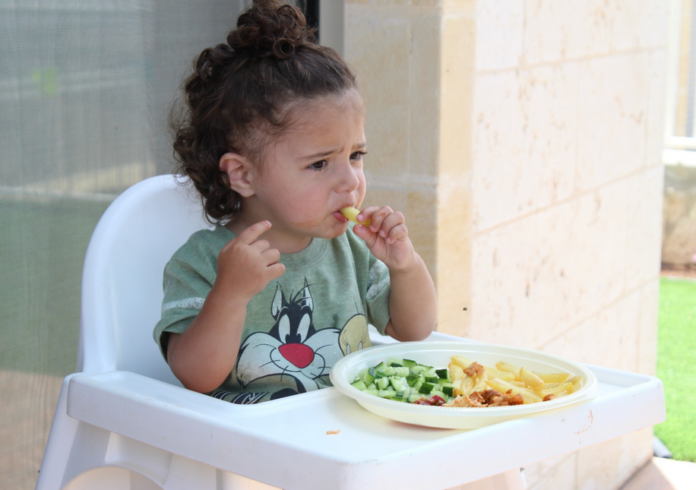Food allergies in children can cause severe reactions including anaphylaxis, and even death. So, it’s no wonder parents and guardians are especially careful when adding new items to the menu.
If you suspect a potential allergy or just want to try some new foods out at the dinner table, this is your guide. Read on to keep your little one safe by learning about common food allergies in children, and potential signs and symptoms to watch out for.
The Most Common Food Allergies
Although thousands of ingredients have been linked to allergic reactions, there are nine primary foods that should be added to your child’s diet with caution:
- Milk
- Eggs
- Peanuts
- Soy
- Wheat
- Tree nuts
- Shellfish
- Fish
- Sesame
Less common allergies can include specific fruits and vegetables, corn, spices, and even meat!
Signs and Symptoms of an Allergic Reaction
When it comes to children’s allergies to food, there is a wide range of signs and symptoms to look out for. And, it can take as long as one hour after eating for a reaction to start.
Minor allergic reactions include symptoms like:
- Stomach cramps or pain
- Red, itchy skin rash or hives
- Facial swelling itching, or tingling
- Itching, burning, or tightness in the throat
- Asthmatic symptoms, coughing, runny or stuffy nose, wheezing, or difficulty breathing
- Eczema
More serious and potentially fatal allergic reactions will require immediate medical intervention, and potentially an epinephrine injection, sometimes referred to by the brand name EpiPen.
Severe allergic reactions include symptoms like:
- Nausea, vomiting, or diarrhea
- Swelling of the face, lips, tongue, and throat
- Feeling as if the throat is closing
- Hoarseness or trouble talking
- Difficulty breathing, shortness of breath, and wheezing
- Dizziness and lowered blood pressure
- Cool, moist, or pale blue skin
- Feeling faint, lightheaded, or confused
- Fast and weak heartbeat
- Loss of consciousness
- Seizure
Keep in mind, babies can also develop food allergies, and are far less able to communicate their symptoms to you. In children too young to talk, you should watch out for colic or fussy behavior, bloody stool, poor growth, and severe eczema.
Get Professional Help
If you have any suspicion that you’ve identified one or more foods that are causing your child to have a mild allergic reaction, it’s time to see a doctor.
You should have a food allergy test performed by a pediatric allergist to be sure that you’ve honed in on the right foods. This can also help identify other sensitivities that you haven’t discovered at home – and keep your child from being exposed needlessly.
If you believe your child is having a severe allergic reaction to food, you should contact emergency medical services or call 911 immediately.
Identifying Food Allergies in Children
If you’ve ever thought that you were going crazy trying to figure out a child food allergy, you aren’t.
Recent studies intended to determine what percent of children have food allergies have revealed shocking statistics: One in 13 kids or around 8% have an allergy to food!
Now that you know a bit more about identifying food allergies in children, take a close look at your little one’s health and eating habits. And, pay attention to what they tell about different foods, as they may be reporting feelings of discomfort associated with an allergy or intolerance.
For more awesome insights, check out the rest of Daayri’s information-packed homepage!









